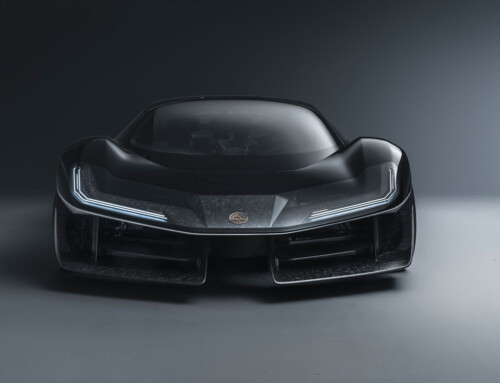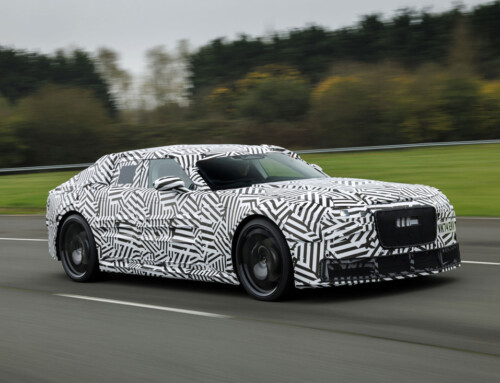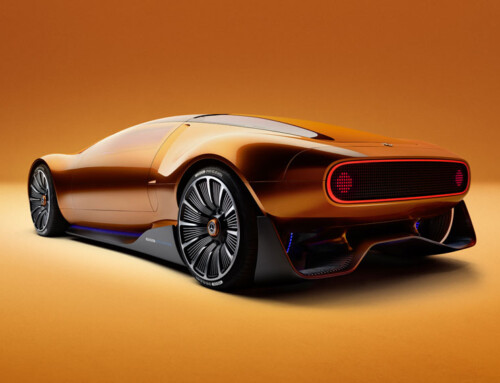The monovolume story brings to mind the story of man as narrated by Darwin: man who had been ape, and every other animal, before becoming himself.
Similarly, the monovolume a van before becoming Espace, and a utility car before being named Twingo. Leading to Scénic, the first monovolume born as a car. But let’s take a step back.
Firstly, to the Espace. When it came to Renault in December 1982, the Espace project already contained automotive characteristics.
Its conceiver at Matra, Philippe Guédon, had stipulated that the speed, roadholding and stopping power of the vehicle were to be those of a saloon’s and its dimensions would enable it to be driven and parked with ease around town.
And the styling? Apparently it still looked like “some kind of chopped up van”. So the task assigned to the Renault stylists by then president Bernard Hanon was very explicit: it was a question of ‘saloonifying’ the vehicle, abandoning every ‘van-ness’.
After its market launch in 1984, the Espace would go through three new editions up to the latest generation, presented at the 1996 Paris Mondial, with which Renault finally achieved a true alternative to the conventional top-of-the-range Safrane or BMW 5 type car.
In the meantime there was the Twingo. In November 1987, the new director of Renault design, Patrick Le Quément, discovered, almost forgotten, a certain project W60 from which the X06, the future Twingo, would derive. It was, quite simply, a small Espace.
At first, in the Renault context, the idea seemed brilliant. But the car manifested a rather serious flaw: it was only suitable for in-town use. A question of proportions. And of styling. So all the proportions were changed and the styling was profoundly modified.
It was hardly a question of abandoning the monovolume architecture, which had the plus point of expressing the cleanness of a symbol, a graphic outline, but of moving from abstraction to reality: hence the ‘eyes’ and eyelids of the Twingo, the very spirit of its design that made it into a product-personality.
Mid 1989. Work began on a replace-ment model for the R19. It would become the Mégane, or rather, Méganes. Some exploratory studies had been done on a mid-range vehicle on which to transfer the functionality of the Espace cabin without compromising its exterior form.
To embody them came a concept car, a monovolume the same length as a R19 named Scénic Premier, developed on the ‘Invitation to the Journey’ theme and presented at Frankfurt early in 1991. ‘Challenges’ magazine even dedicated its cover to it with the title of ‘New Century Renault’.
The article continues in Auto & Design no. 101










